Experiments are carried out not only in physics, chemistry or biology, but also in mathematics!
Experimental Mathematics Lab at DMATH
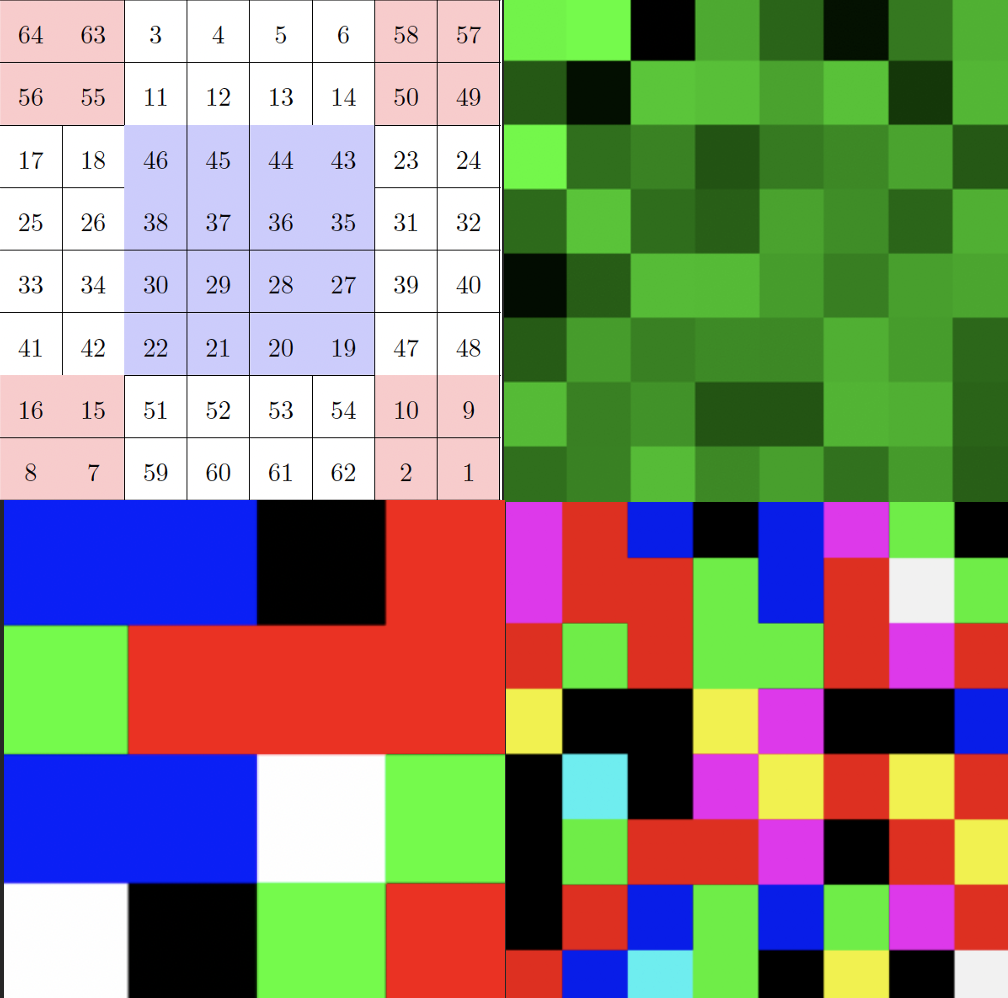
Visualising systems of linear equations*
- 2024, Visualising systems of linear equations, students: Ian BECK, Sevan CHRETIEN, Amelia GONZALEZ SAURA
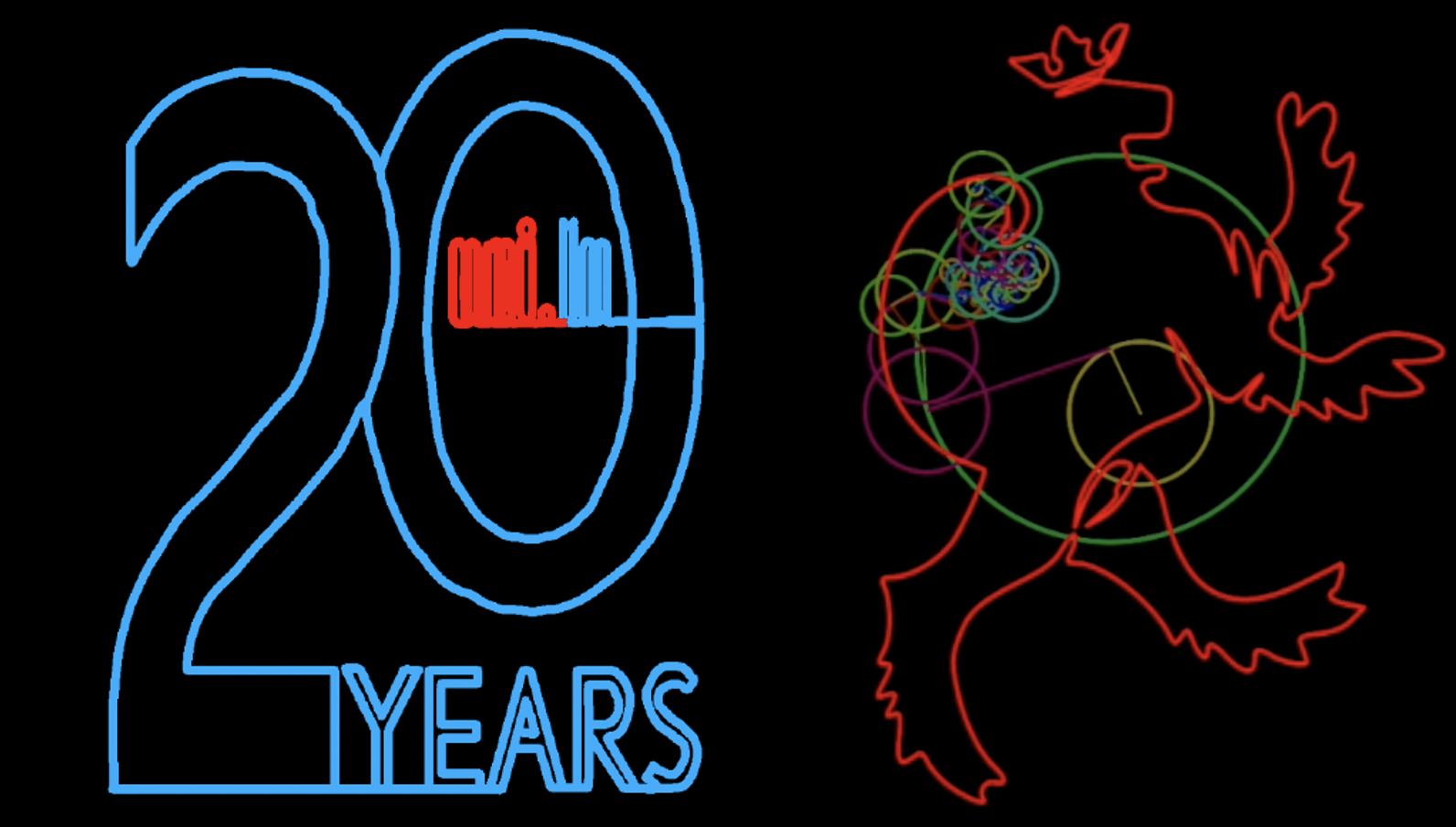
Celebrating the 20th anniversary of our university
with Fourier series
- 2023, Celebrating the 20th anniversary of our university with Fourier series, students: Charles CHATTOU, Gil SCHROEDER
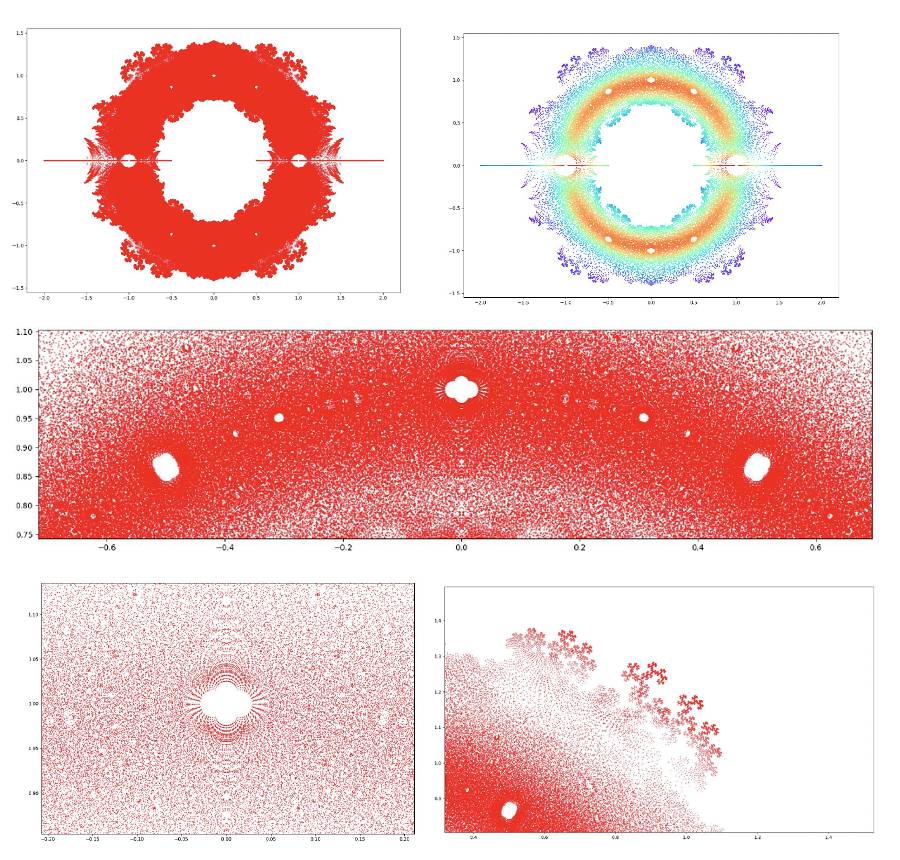
Visualising roots of algebraic numbers*
- 2023, Visualising roots of algebraic numbers II, students: Catia ALVES PIRES, Claudia MARICHAL
- 2023, Visualising roots of algebraic numbers I, students: Salma BELMIR, Mikala EISEN, Melissa GENOUD
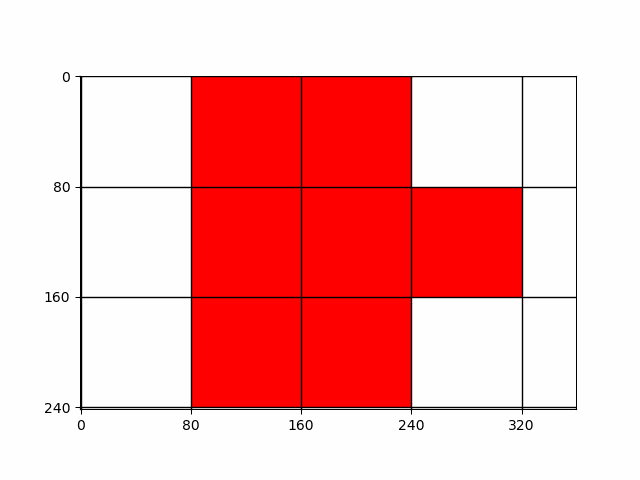
Lët'z box counting*
- 2021, Lët'z box counting!, student: Kim DA CRUZ
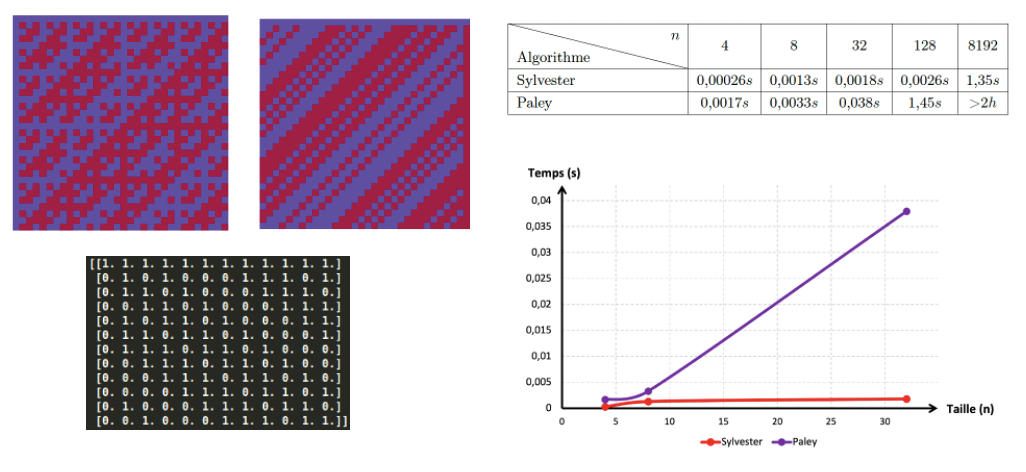
Playing with Hadmard matrices
- 2021, Behind the secrets of Hadamard matrices and their applications, students: Léa Mia MICARD, Eva RAGAZZINI, Lara SUYS
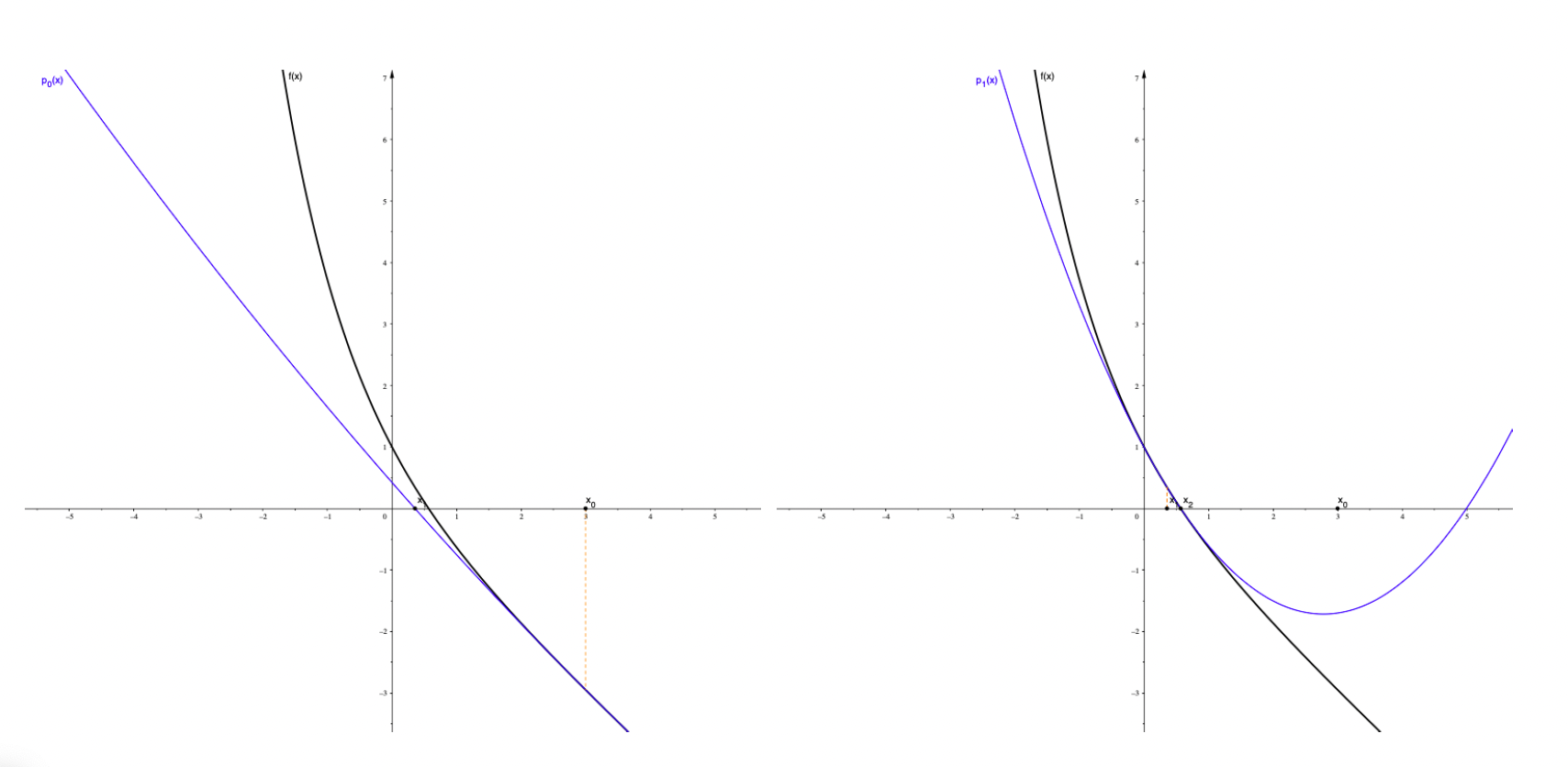
Solving polynomial equations over finite fields*
- 2020, Solving polynomial equations, students: Kim DA CRUZ, Dylan MOTA, Clara POPESCU
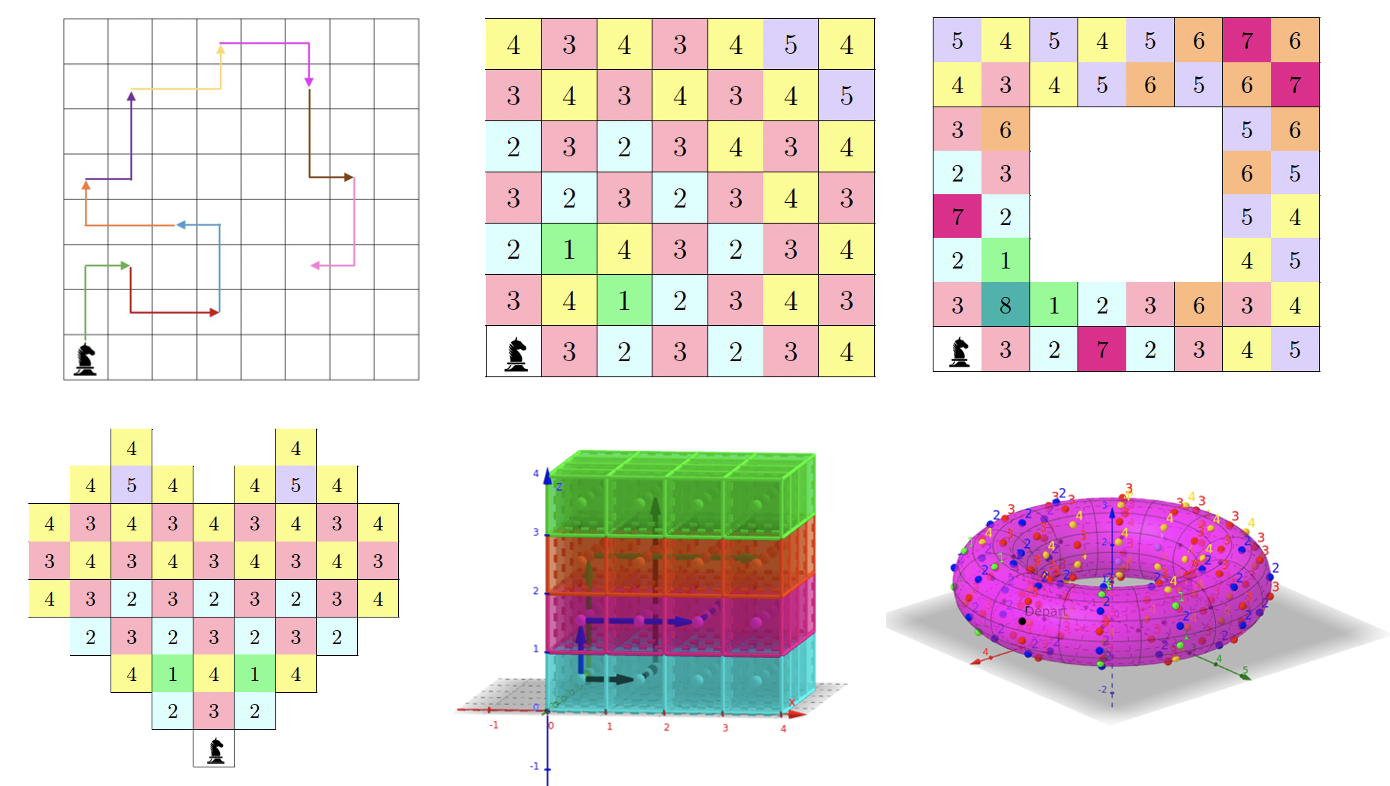
Playing with knights (and queens)*
- 2020, Knights (and queens), students: Léa Mia MICARD, Eva RAGAZZINI, Lara SUYS
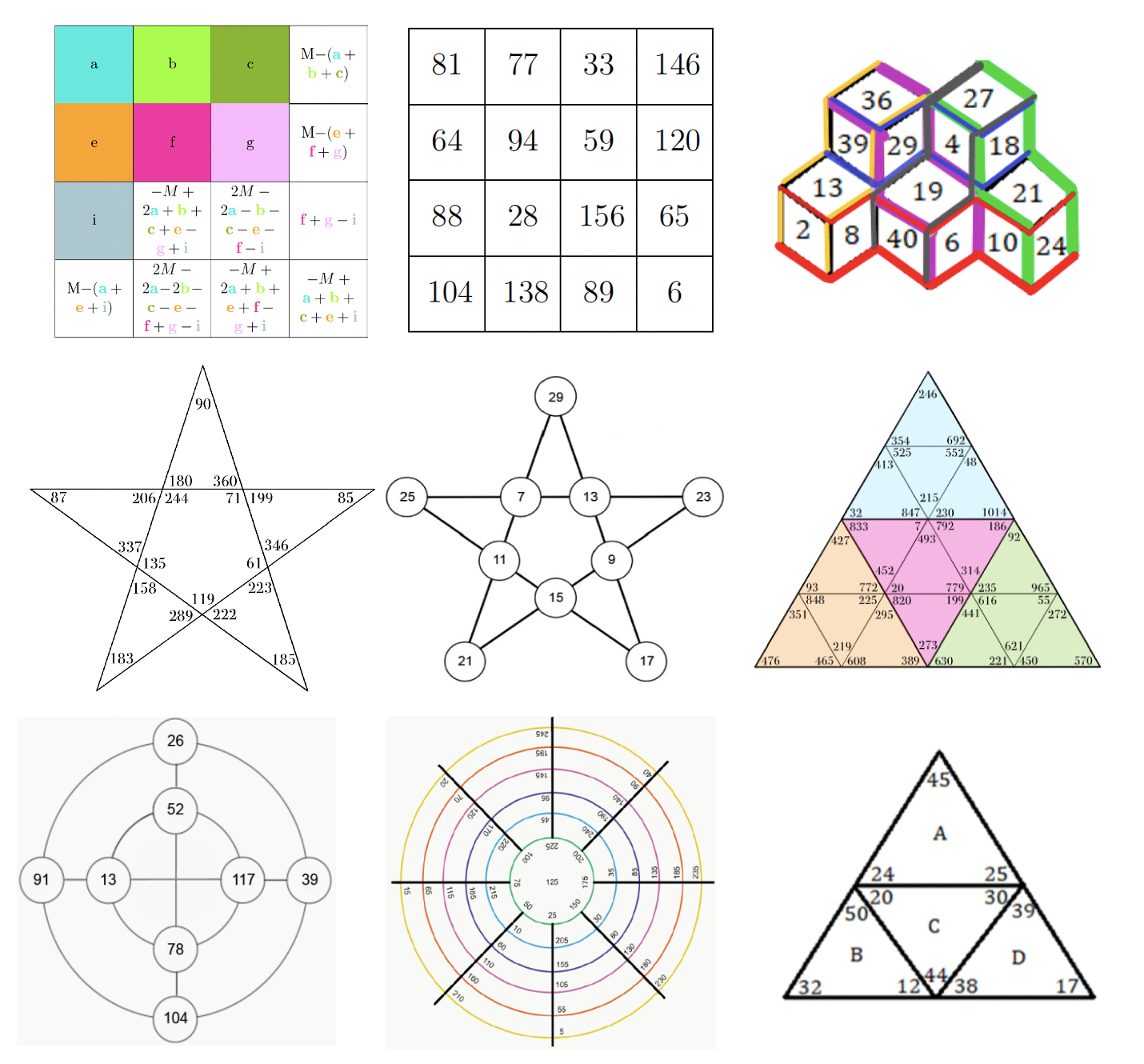
Magic objects of squares*
- 2019, Magic squares of squares, students: Selma JUSOFOVIC, Manal KAAOUANE, Mirza MUHAREMOVIC, Gil MOES
- 2020, Magic objects of squares in modular arithmetic, students: Sabrina CUNHA, Anne FISCH, Yannick VERBEELEN
- 2020, Magic objects over the integers, students: Arjanita DINGU, Clara DUCHOSSOIS
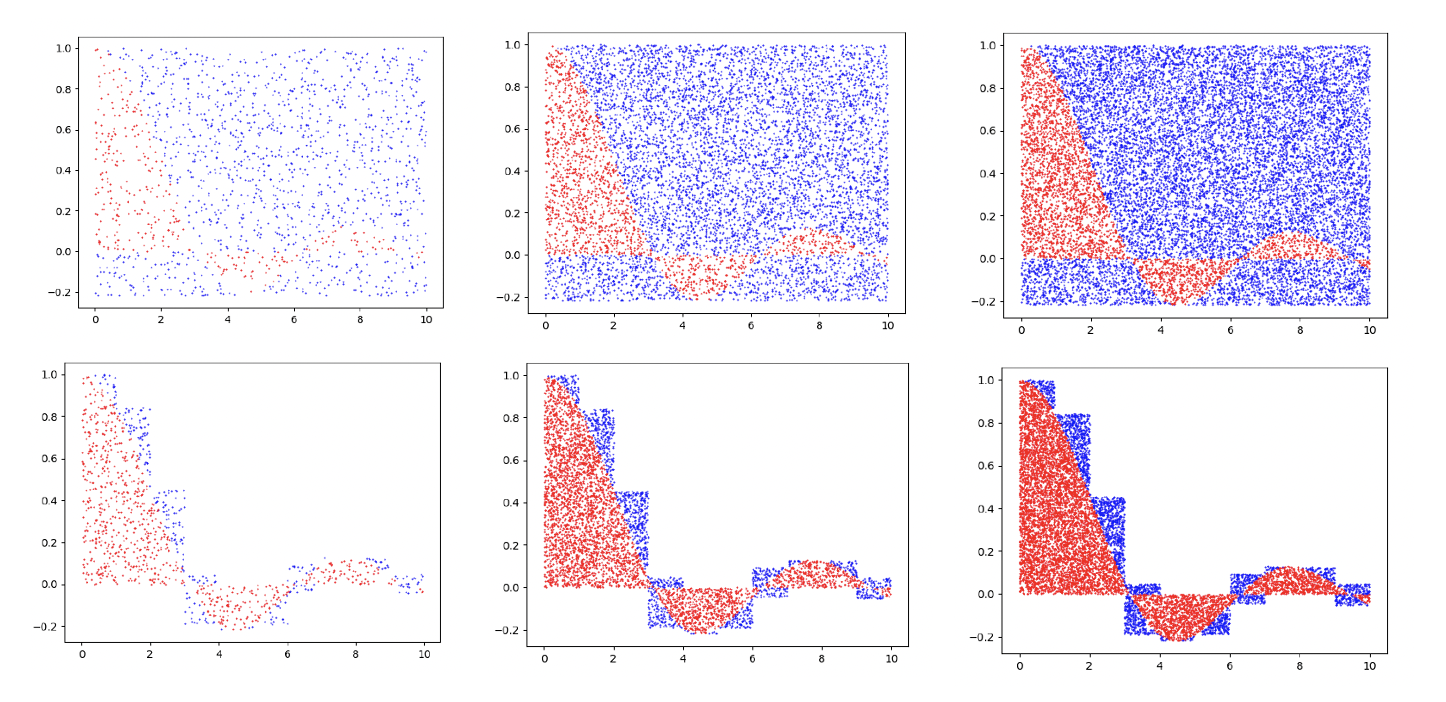
Approximating integrals thanks to Monte-Carlo
- 2018, Monte Carlo simulation, students: Philippe KARST, Bruni CARVALHO, Arno GEIMER
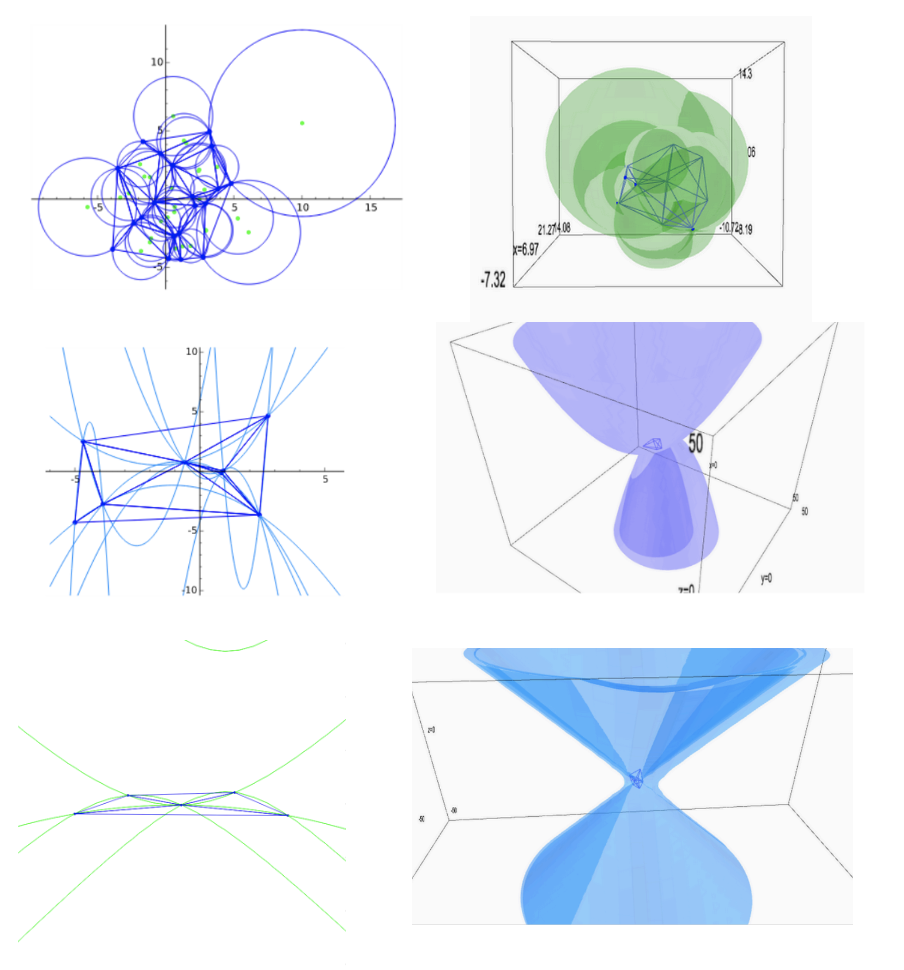
Exotic Delauny decomposition**
- 2018, Triangulation de Delaunay, student: Guenda PALMIROTTA
